
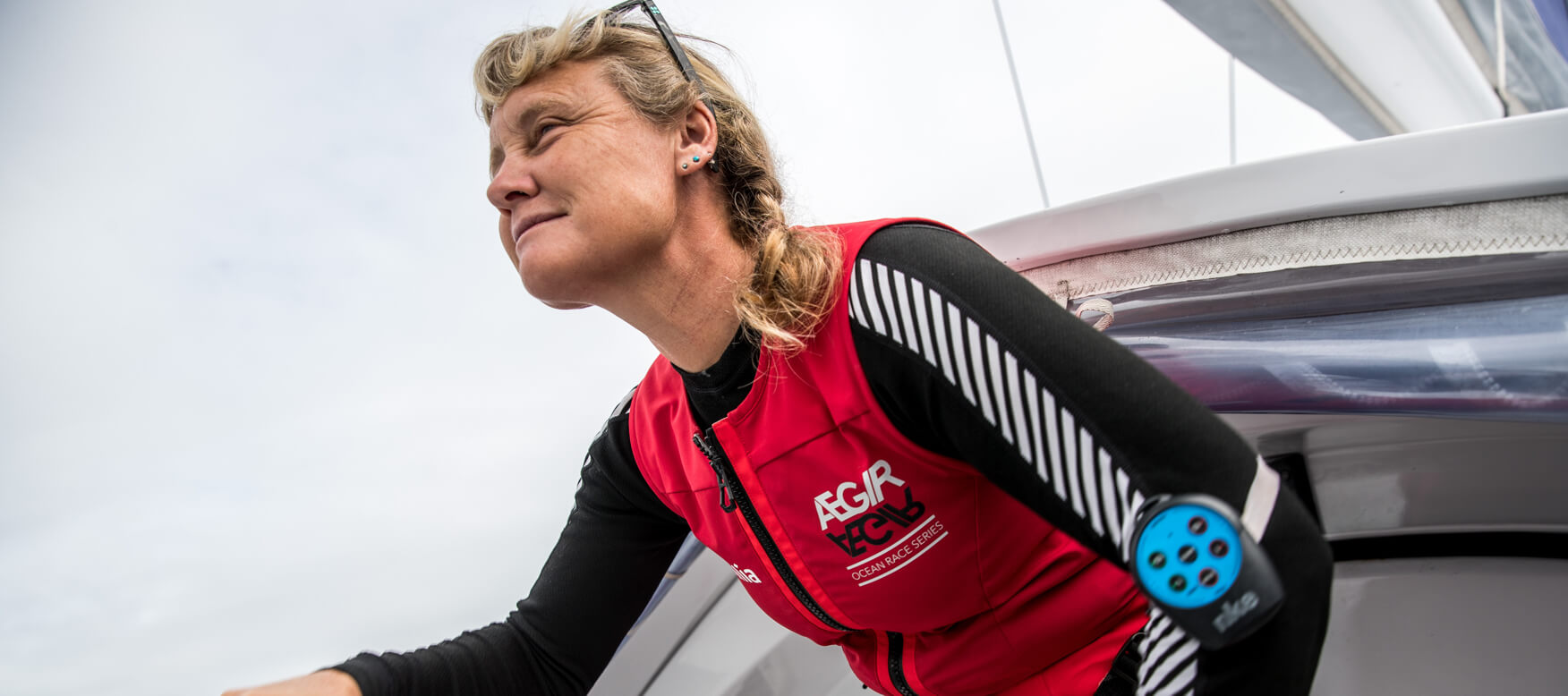
Dealing with Isolation & Fear
The Techniques of Solo Ocean Sailor Pip Hare
March 10, 2023
7 min read
Pip Hare is a professional solo sailor, journalist, author and speaker, with a career that spans almost 30 years. She is the eighth woman in history to ever complete the Vendée Globe, a solo non-stop sailing race around the world. With one Vendée Globe complete, Pip is now well on her way to the next race in 2024 – fitter, faster and more determined than ever.
My job scares me. Not all the time, of course, but there are times in every solo ocean race that I expect to feel the dry mouth, elevated heart rate, pounding in my ears, and fight or flight grip of real fear as my 60 feet IMOCA races through the dark — smashing over waves, careering across the ocean with me inside, feeling more like a passenger than a master.
Early in my solo sailing career, I hid my fear. I thought that people would think I was weak or incompetent if they knew I was scared. So, I put on a front and pretended to be an old hand that knew it all. But as my career has developed, I have realized that just the right amount of fear is an incredibly powerful tool; it demonstrates that I understand the risks I am taking and, therefore, am in a good position to manage them. It also shows me that I am pushing forwards, retaining my competitive edge, not settling for what I know but forging into the unknown to keep improving and learning.
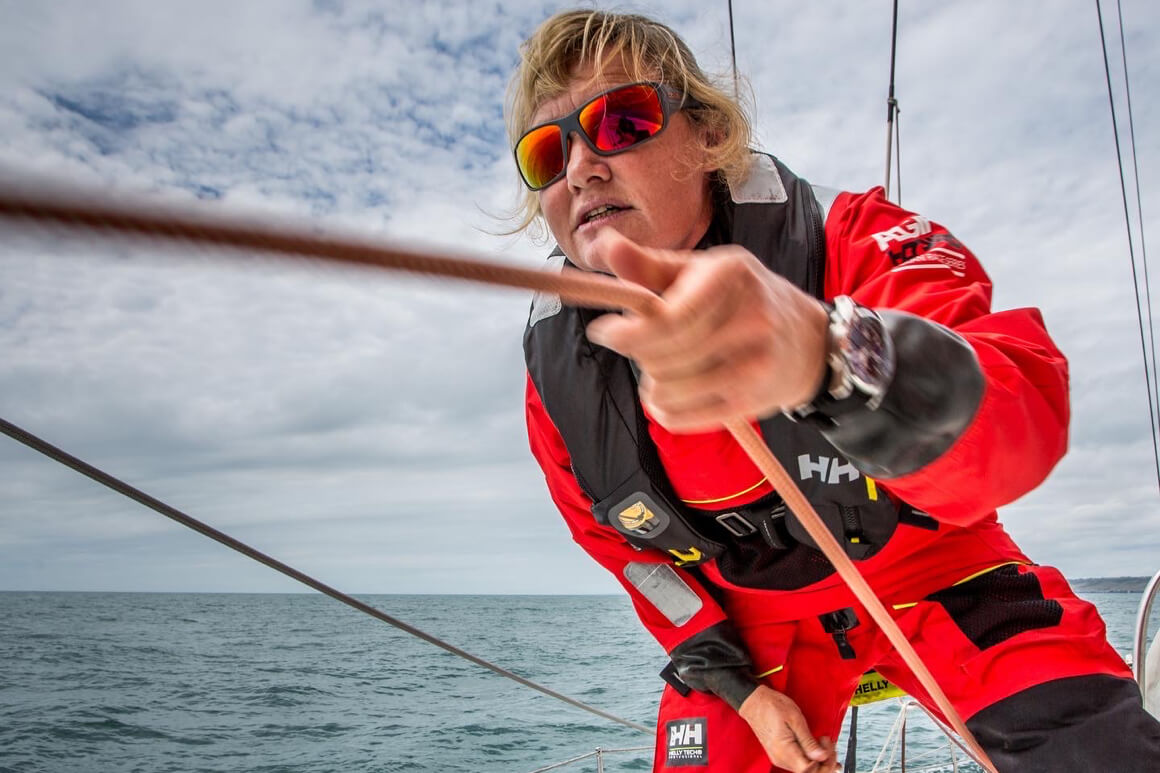
Being scared at some level is a normal feeling for me, and I have learned to understand my fear and developed techniques to overcome it when I am alone, exhausted, and don’t know how things will pan out. Being alone and being scared is incredibly isolating. If I were with other people, I could instantly share the load. Knowing someone else is by your side in difficult times significantly reduces stress. Even having someone on the phone to talk to in difficult times can make a difference, but when I started solo sailing, I could not afford satellite phone airtime other than in case of emergency, so I learned to deal with my fear entirely on my own. I developed the technique outlined below, and it has stayed with me to this day. Even now, with full satellite phone coverage and capability, I choose to face my fear alone when I am racing. Let me give you an example of dealing with fear from my 2020 Vendée Globe race and detail how, once I had addressed the fear, I overcame it to a successful end.
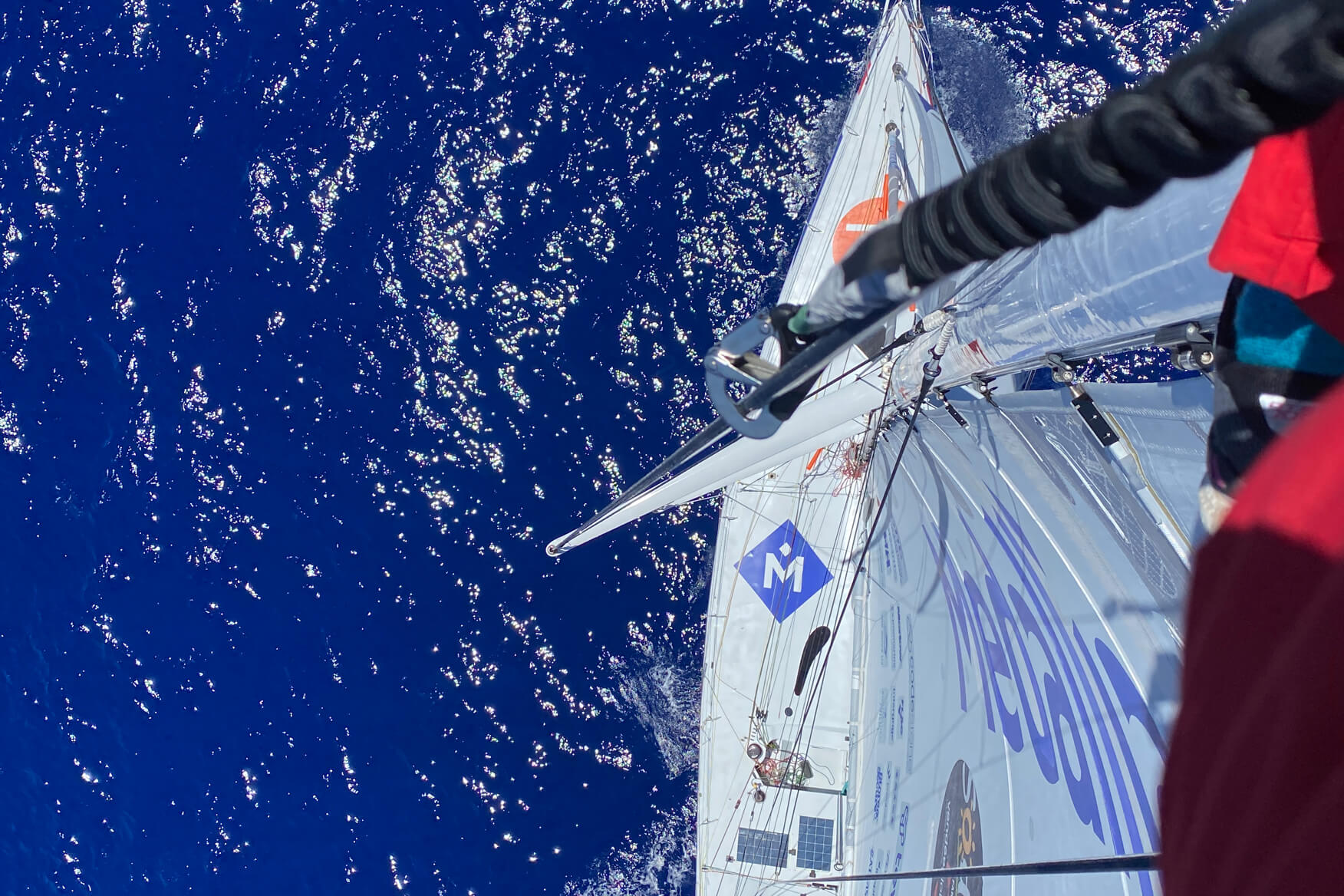
admit your fears
In the second half of my three-month round-the-world race, I lost the wind instruments from the top of my mast. Without wind data, racing became difficult; I could not make good decisions about when to change sails, the autopilot could not use wind data to steer an efficient course, and I had to use my best estimation to compare current conditions with the forecast when navigating. The boat was safe, and I was safe, but I was losing time against my competitors, and if I could not fix the wind instruments, I would lose places in the race.
I had a spare part for the instruments, but I had to climb to the top of the mast to replace them. This is a climb to 30 meters above sea level, self-belayed, on a yacht that is sailing under autopilot below me, alone, in the middle of the ocean and thousands of miles from help. If I didn’t replace the wind wand, I would be fine, but I would lose my competitive edge. I was terrified of climbing the mast. Really, really scared.
Step one is to address my fear. I admit to myself I am scared, and I often say this out loud. I used to cry a lot when I started solo sailing, but after a couple of years, I realized that crying was emotionally exhausting and didn’t move me forward. It was better to say, “ok, I am scared.” Just saying it makes the fear less powerful, it gives me some sort of control, and it feels like a step toward defeating the monsters.
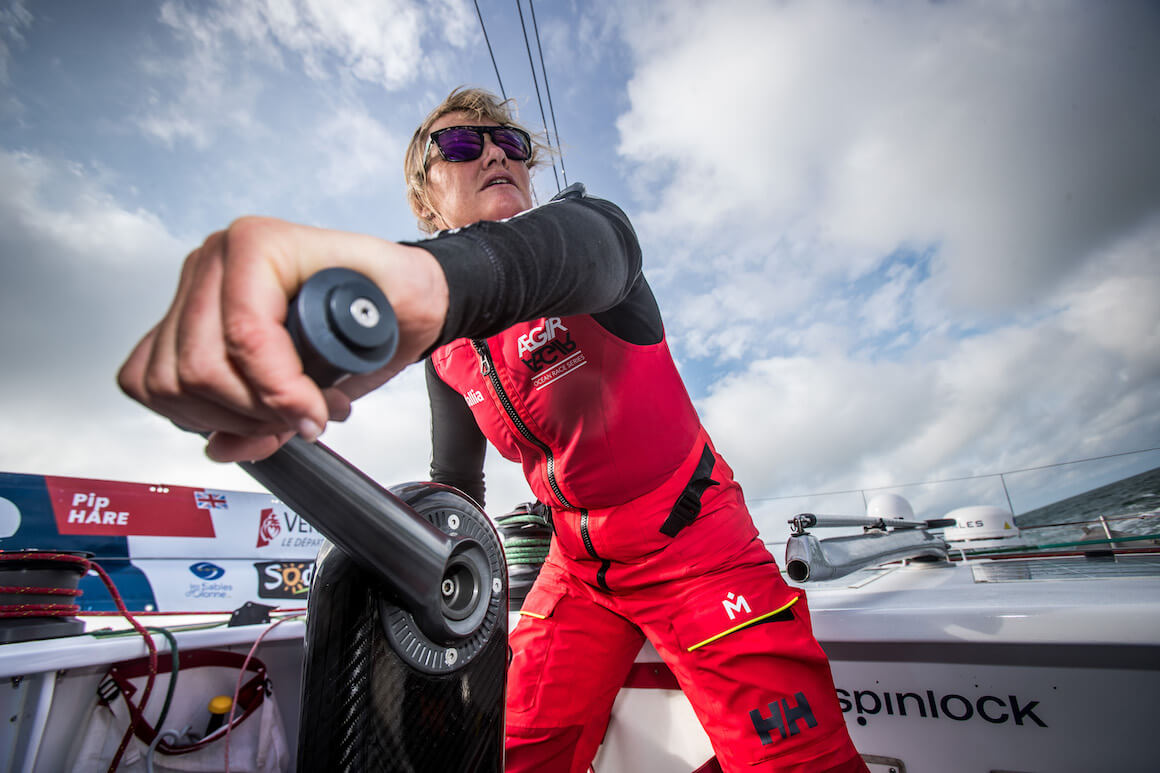
list your fears
The next steps are about reasoning, talking myself through why I am scared, and slightly unconventionally, that involves listing all of the bad outcomes that could occur as a result of the thing that is scaring me. This feels unconventional because most common wisdom encourages us into positive visualisation and instead, I look at the negative outcomes square in the face. I don’t pretend they won’t happen; I pull them out of the shadows and take a good look at what could really go wrong, and admit that what I am doing is risky. There are many reasons to be scared about climbing the mast alone. What if I fell or got separated from the mast and swung out of control away from the boat as it heeled? What if the autopilot stopped working and the boat tacked, and I got trapped? What if the weather changed while I was at the top, and the boat started to be overpowered? One by one, I name all the things that could go wrong.
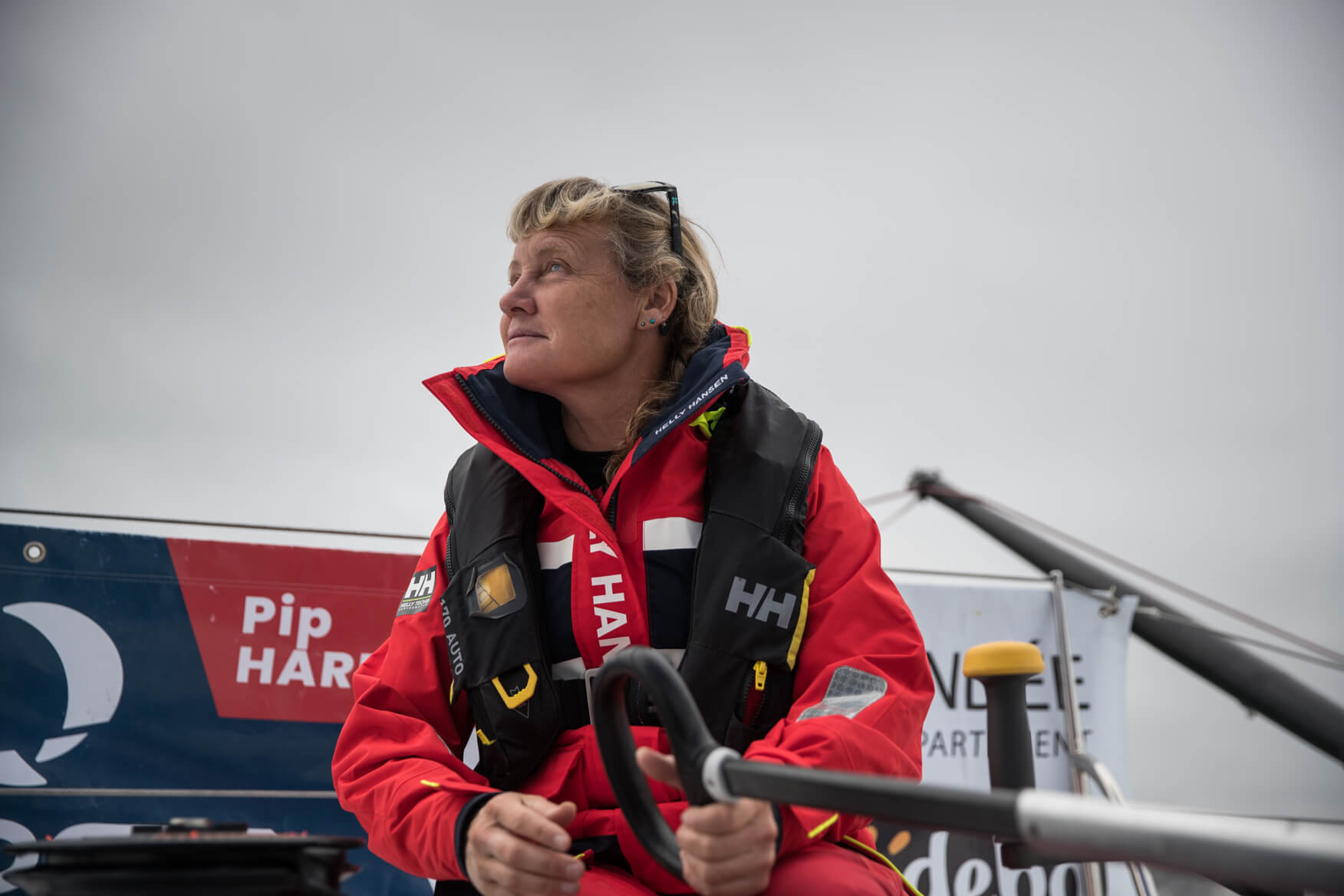
Dynamic risk assessment
Once I have identified these negative outcomes, I talk myself through all the mitigations I have put in place and all the logical reasons that they will not become a reality. I find this incredibly helpful because as well as tempering my fear it is like doing a dynamic risk assessment – an audit of training, experience, skill and expertise that gives me the green light to move forward.
In the case of climbing the mast I noted that I had the correct equipment and it was well maintained, so there was no reason it would suddenly fail. The rope I was climbing up on had held sails of 400m2 in the air, so 68 kg of me was not going suddenly cause it to fail. I had trained and practiced my technique so I could trust myself. I used two tethers to keep me attached to the mast, and I told myself I would always have one around the mast to keep me from swinging out. The weather conditions were perfect; there was very little wind, no sign in the forecast that it would change, and the horizon was clear. I told myself if I saw clouds as I climbed, I could come down. The autopilot had been driving my boat around the world for nine weeks without a problem so it was irrational to think that it would suddenly stop working now. I needed to look at past performance as an indication of what would happen in the future and trust my expensive top-of-the-range equipment.
I always say to myself that if, after running through my audit, I am still unable to convince myself that the worst will not happen, then maybe I need to listen to my fear. Maybe this is a time when I need to be cautious and change my behavior to protect myself and my boat. Sometimes fear has a place.
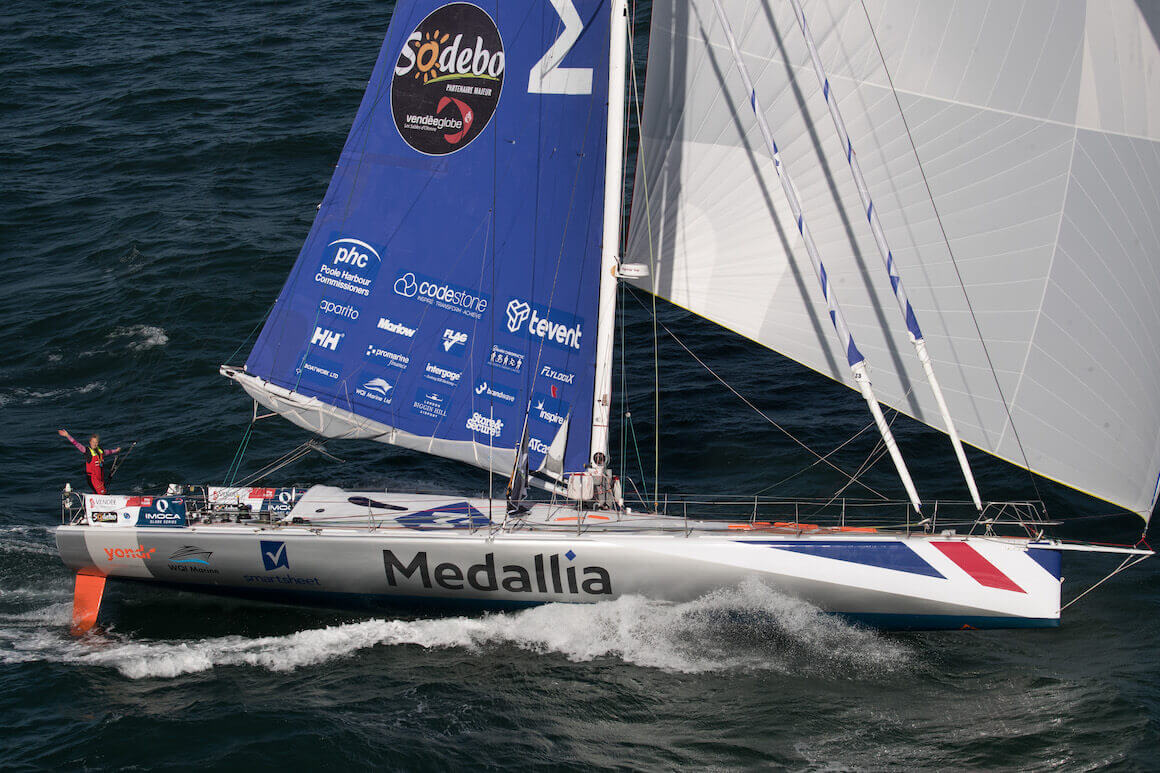
what if i do nothing?
The final piece of the jigsaw for me is thinking about what will happen if I don’t take action or don’t do the thing I am afraid of. Quite often this is what spurs me on the most. In the case of my mast climb, I knew that if I didn’t change my wind instruments my performance would remain hampered; I would lose any chance of catching the boat in front and I may lose places to those behind. I had an opportunity to change this. I had worked so hard to get my place on the start line and battled all the way around the world. I could not live with myself if I took the easy option at that moment. I had to keep fighting, I had to try. And so, after two hours of reasoning with myself, I finally climbed the mast, and I am proud that I did.
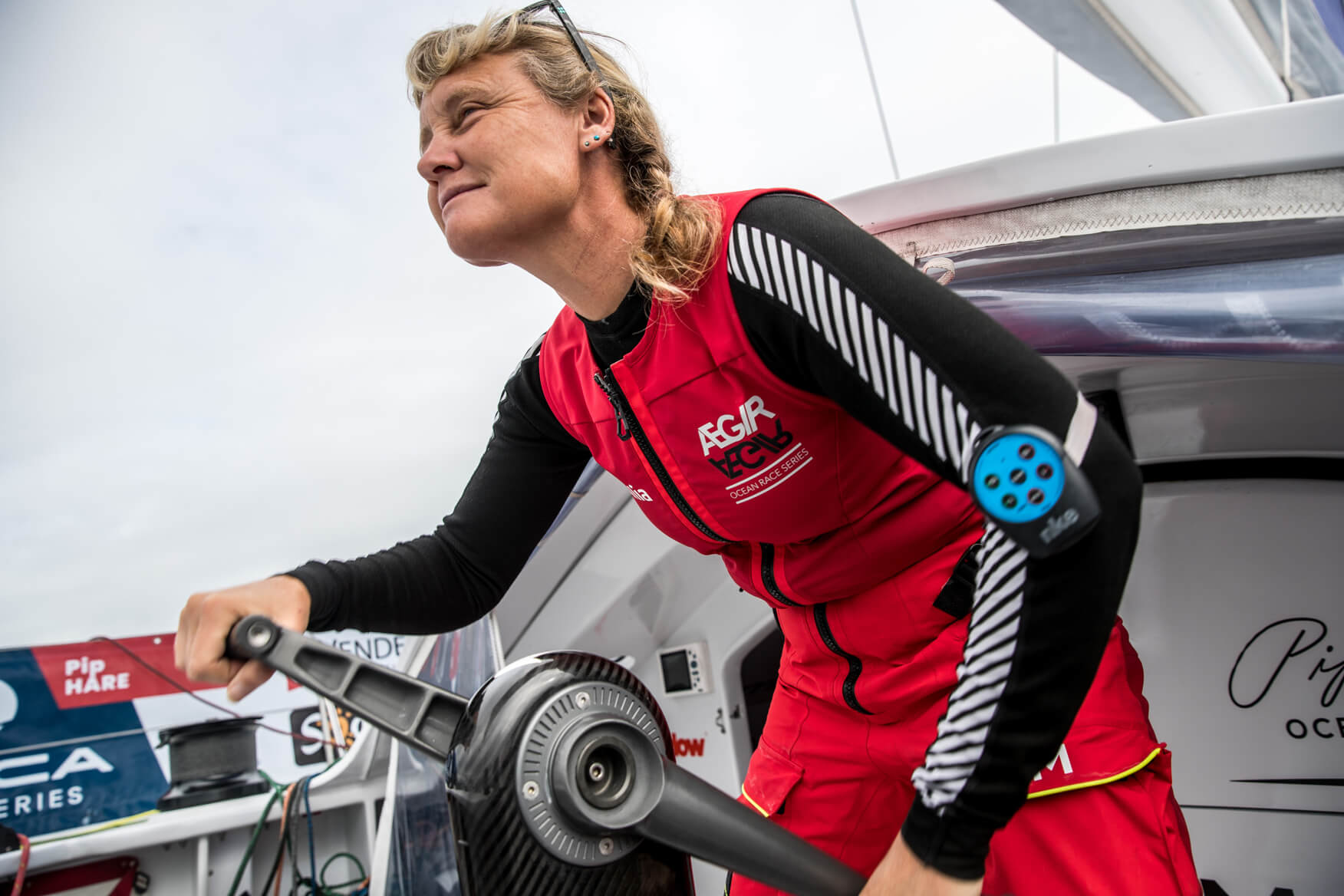
State your intentions
When I first started my Vendée Globe journey, I had to stand up and state my intention to the world. I was terrified of doing this. I was a complete unknown, I had no funding, no team, no experience in the IMOCA class, a bank loan to cover my first few months of charter, and no mentors or coaches to guide my progress. I was terrified to announce I intended to compete in the Vendée Globe, the toughest sailing race in the world, because I believed I would expose myself to ridicule and doubt. Although I knew I had what it takes to race solo around the world, I was scared that others would not see that and I was afraid of both their comments and conjecture, but also the chance I would not raise the funds and would publicly fail. But I thought about how I would feel if I did not take the opportunity to rent my boat and try. Could I live with myself knowing I let my chance pass me by?
The answer was no. I stepped out from the shadows, announced my campaign and set off as a one-woman zero funding team. It was the scariest thing I have ever done. It hasn’t been an easy journey, and I was scared most weeks both on and off the water, for many reasons. Now I am on my second Vendée Globe campaign, and still pushing myself hard in a foiling boat, gunning for a competitive result. Helly Hansen was one of the first brands to see my potential and back me and my team through that first campaign. Working together, they have helped me to take on the challenges of sailing at over 40mph, alone, in the cold and wet, as well as running a British ocean racing team. Wearing their kit and working with a brand that I know I can trust helps me to face fear head-on, forging forwards and always with my eyes on new horizons.

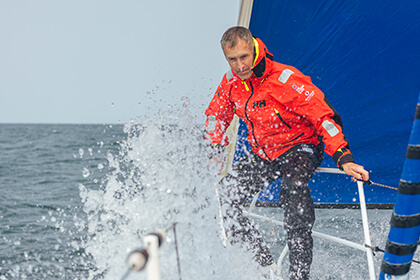
July 18, 2025 6 min read
From business executive to ocean warrior: Scott Shawyer's Be Water Positive mission
Meet Scott Shawyer, the Canadian skipper preparing to take on The Ocean Race Europe 2025 while advocating for global water conservation.
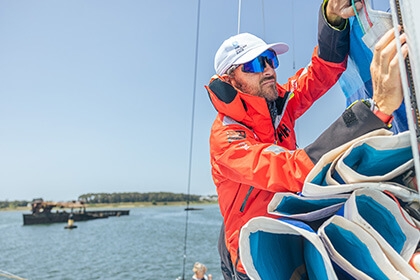
July 15, 2025 5 min read
The Ocean Race Europe 2025 sets sail
Explore the Ocean Race Europe 2025—key dates, cities, and Helly Hansen’s role as the Official Clothing Partner.